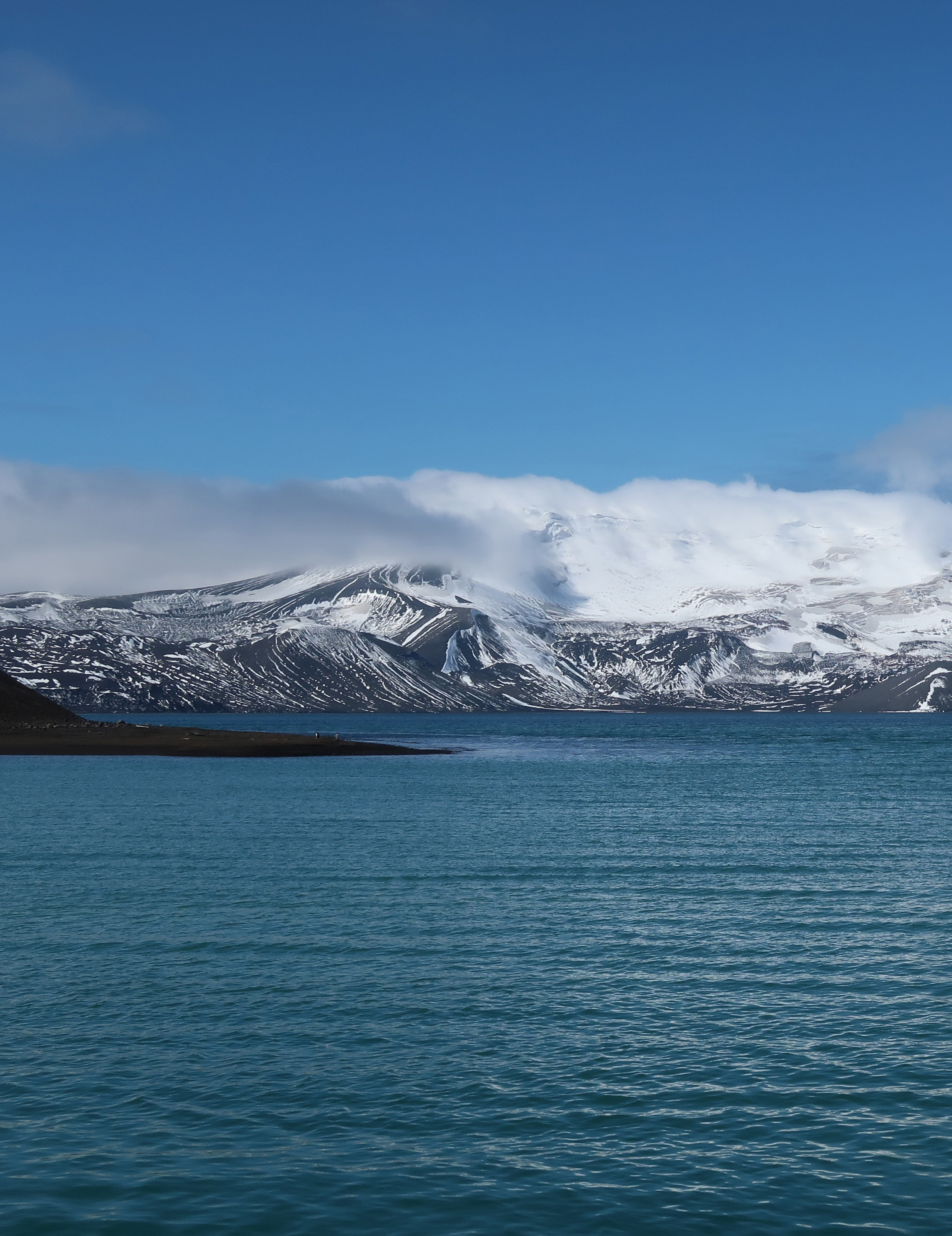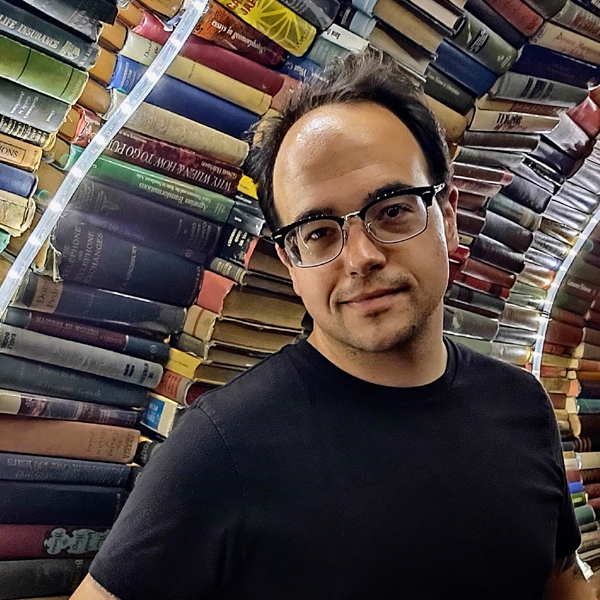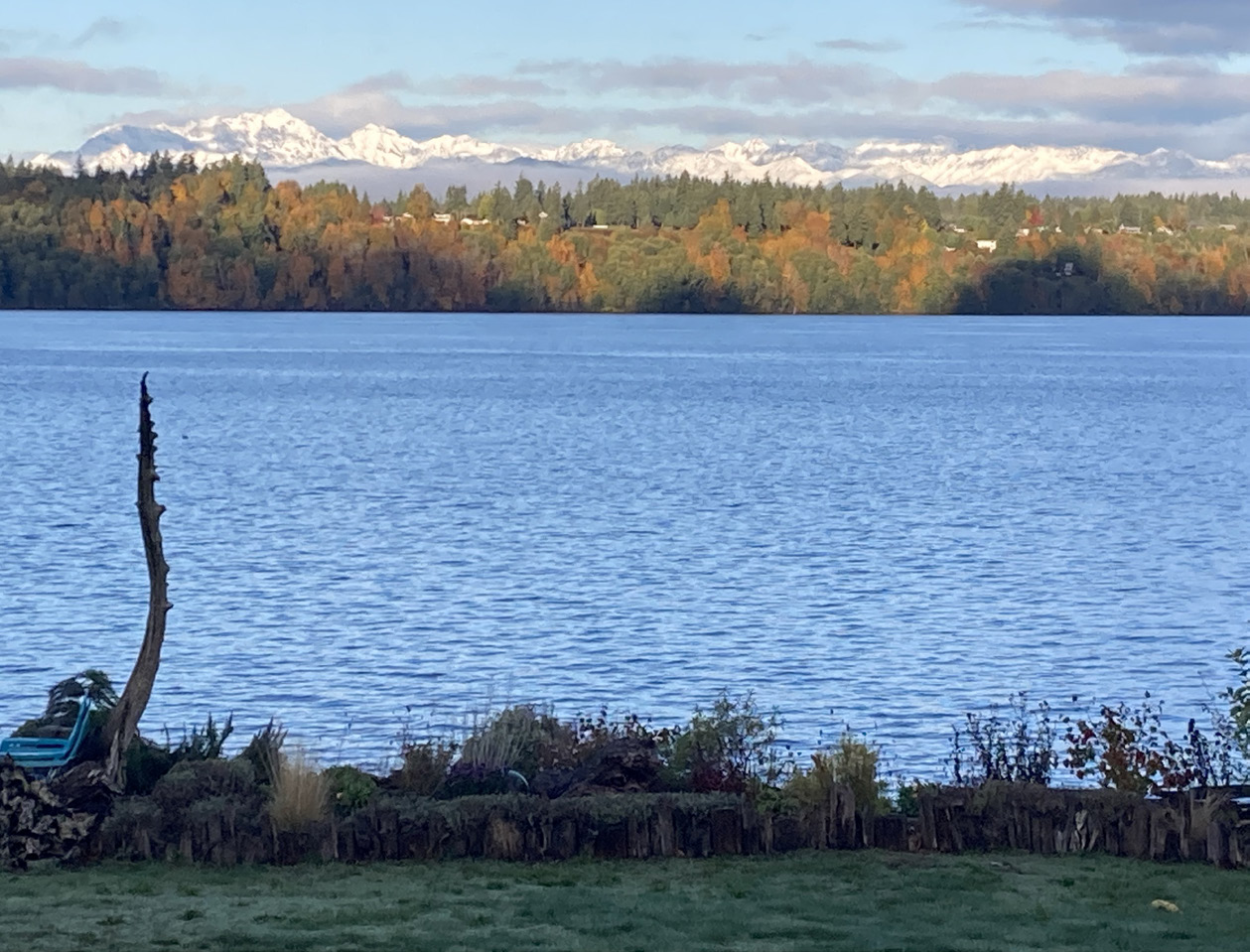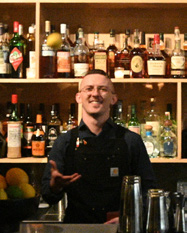By Sky & Water
CONQUERING THE CONTINENTS SOLO
by Luciano Marano
We live in a world of increasingly rare firsts.
It’s simply harder to make history these days. The modern world seems smaller, more thoroughly mapped and better-documented than ever before. And so when it does happen, on those sparse and special occasions, it’s especially remarkable.
Such is the singular case of Bainbridge Island’s Harry Anderson, who earlier this year became the first person in recorded history to both fly and sail solo to all seven continents.
Not that he specifically set out to be a pioneer.

“To me, it’s more about wanting to engage with something interesting and challenging with my time,” Anderson said. “If I wasn’t doing that, what would I be doing? Sitting around here. And I’ve got a great house and all that, but that’s not engaging. It’s really about trying to push what I’m capable of doing.”
Anderson completed the flying portion of his achievement in 2014, after his first solo around-the-world flight in 2011 and finishing with his flight to Antarctica later that year. He went on to do a solo trans-polar flight over the North Pole in 2018, and a second solo around-the-world flight in 2019—all in all, more than 80,000 nautical miles flown with landings in more than 55 countries.
His plane has a 310-horsepower engine and four seats, but for longer international flights he removes the backseat and replaces it with an additional fuel tank to get more range.
One of just a handful of people known to have accomplished such a feat, Anderson already had comfortably earned his place among the elite roster of modern pioneers. But he was far from finished.
Anderson, 75, further cemented his historical status in January, when he docked his 43-foot sailboat, Phywave, in Fort Lauderdale, thus concluding a solo sailing expedition to all seven continents—likely the first person ever to do so.
And yes, it was significantly more difficult than flying had been.
“Sailing is a lot of work,” Anderson explained. “It’s slow; you’re much more exposed to the weather. Passages over oceans that I could do in the plane in a matter of hours take weeks in a boat. And with the plane, you can easily outrun bad weather, you can fly around bad weather, which I’ve done many times. And if the weather’s really bad you just stay on the ground and wait for a better day. You can’t do any of that in a boat.”
The solo voyage spanned some 38,000 nautical miles and more than 350 days at sea, with stops in 20 countries and territories of vastly different geography and climate, from the icy waters of Antarctica to the sun-drenched shores of Australia. It was a mixed bag of an experience.
He sailed down South Africa’s renowned Wild Coast, running with the surging Agulhas Current; stopped in Puerto Williams, Chile—the southernmost town in the world—to enjoy the mountains and fjords of Tierra del Fuego; braved icebergs and punishing winds while anchored along the Antarctic Peninsula after crossing the notoriously violent Drake Passage from South America; pioneered a new, shorter route across the Great Barrier Reef; and was waylaid for nearly a month in Indonesia, while dealing with unexpected engine repairs.
During downtime while at sea, Anderson likes to read, especially suspense and mystery novel series featuring primary recurring characters. Some of his favorite authors are Carl Hiaasen, Michael Connelly, John Sandford and Ian Rankin. After installing a Starlink satellite dish at a marina in Patagonia, he had full internet access while at sea, enabling him to video chat with friends.
Anderson, who is not married, moved to Bainbridge about 23 years ago after partially retiring from his career as a wireless engineer and entrepreneur, during which he started, built and ultimately sold a software company that made tools for designing and optimizing wireless networks.
In both his business and recreational endeavors, the man clearly doesn’t like to sit still.
In fact, he’s planning his next move already. In addition to writing a memoir about his solo voyage (his second after one he wrote about his flying adventures), he’s hoping to return Phywave, currently in a boatyard on the East Coast, to Bainbridge Island via the infamously difficult Northwest Passage.
“I’ve dealt with ice in Antarctica, so hopefully that gave me the experience I’ll need to take on the Arctic,” Anderson said.
Now of an age when many begin looking to slow down and reduce risk, Anderson, one could say, is taking a different tack.
>> For more information, visit phywave.com for a window into Anderson’s flights and voyages, complete with maps, photos, videos and tales from the high seas—and even higher skies.



